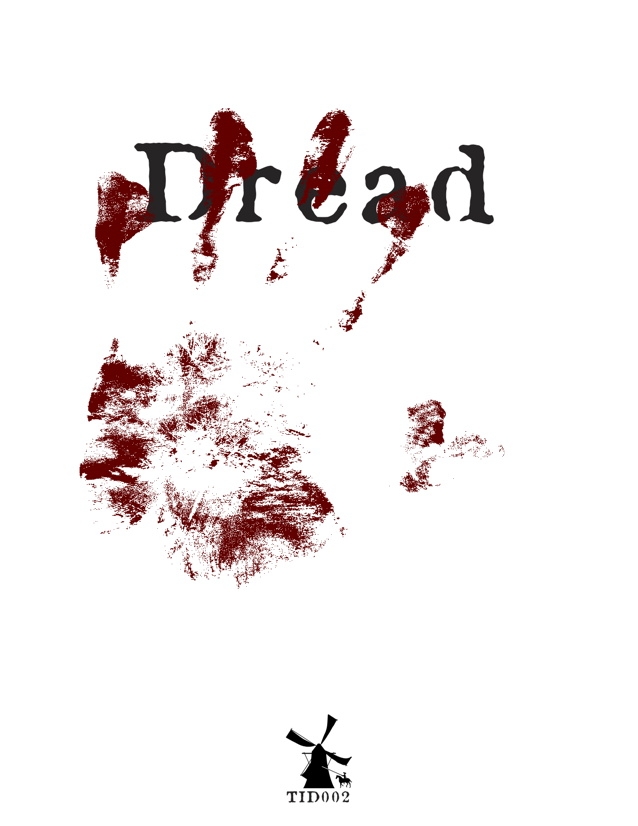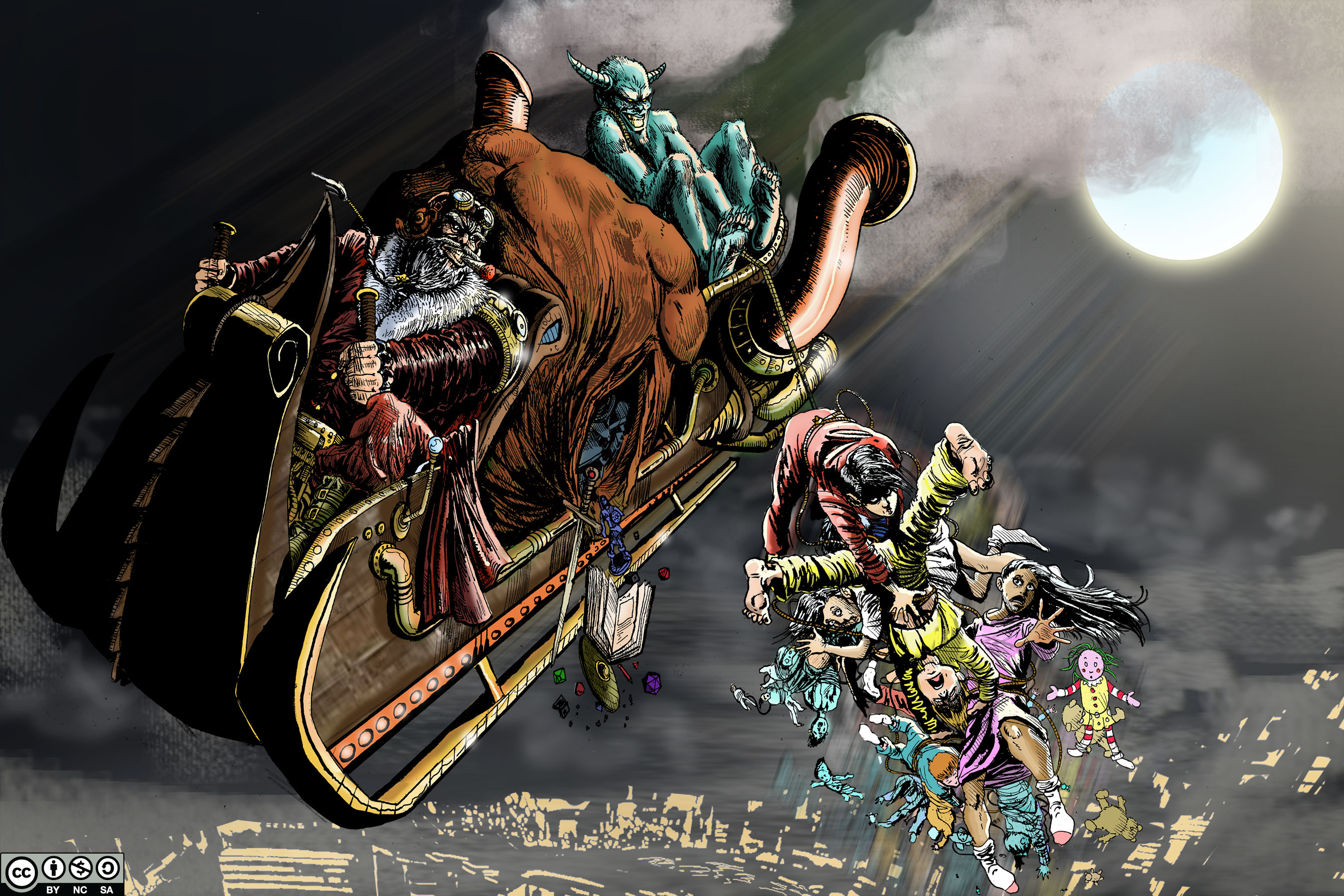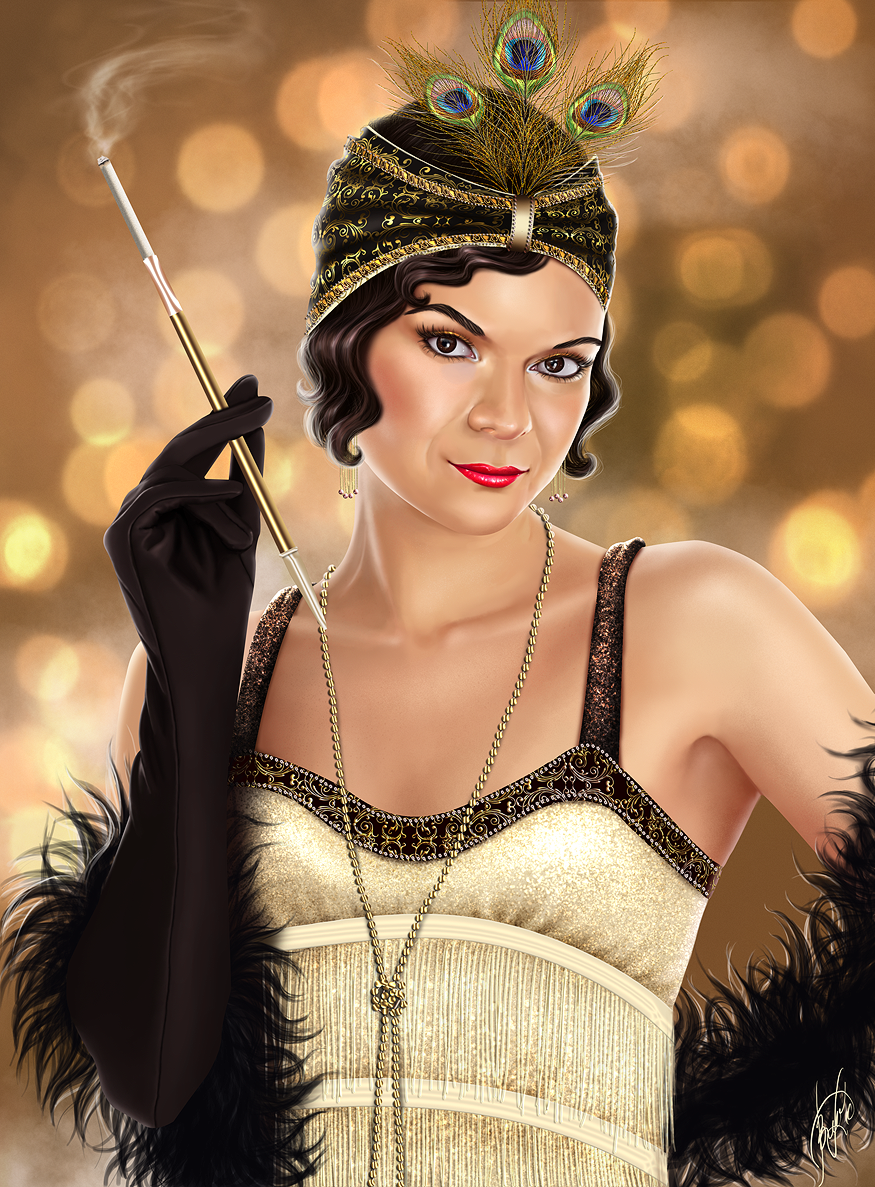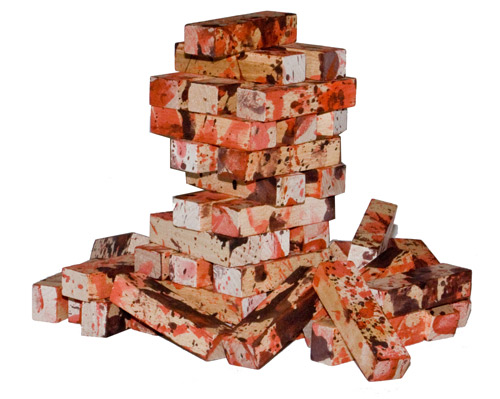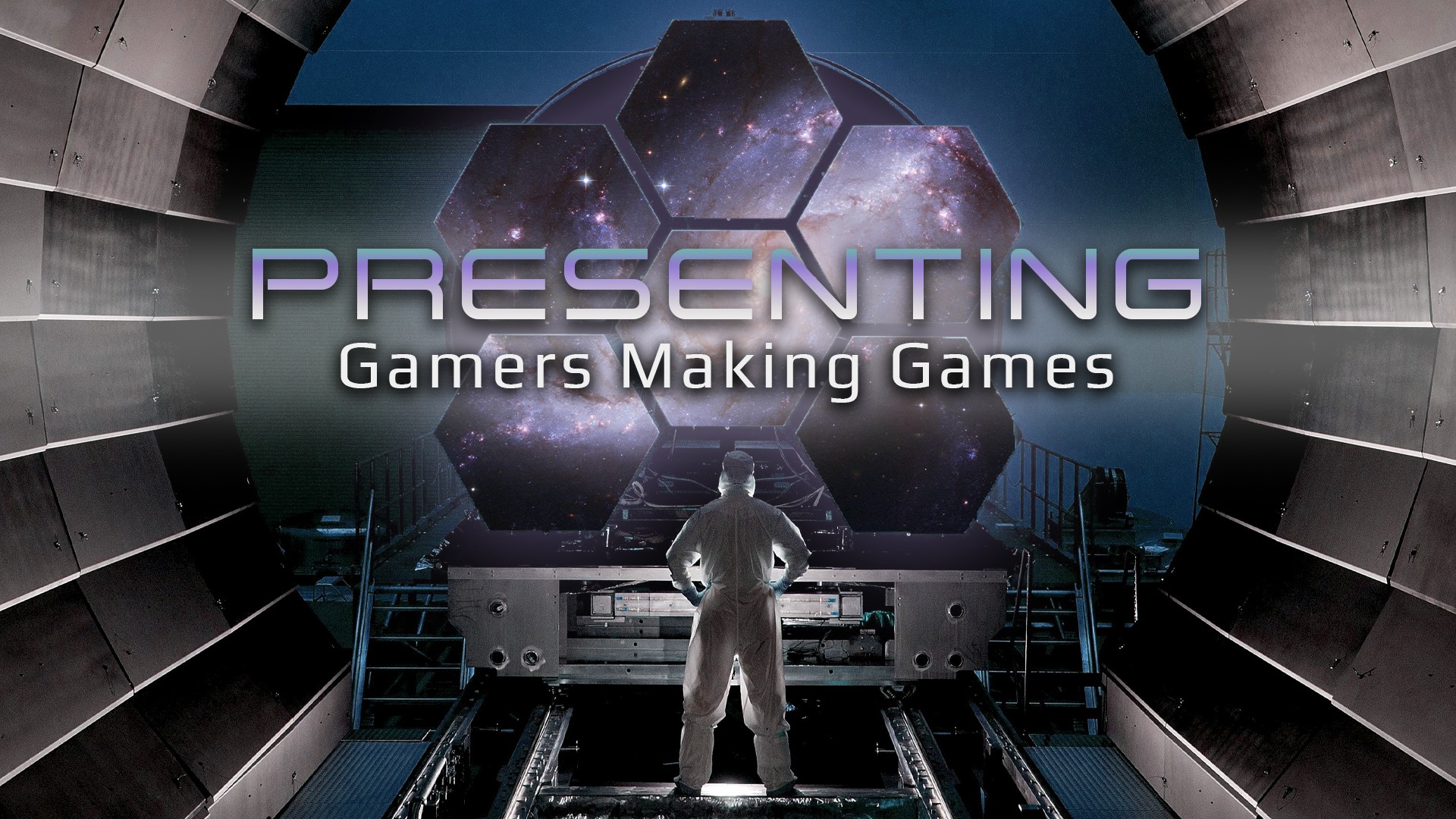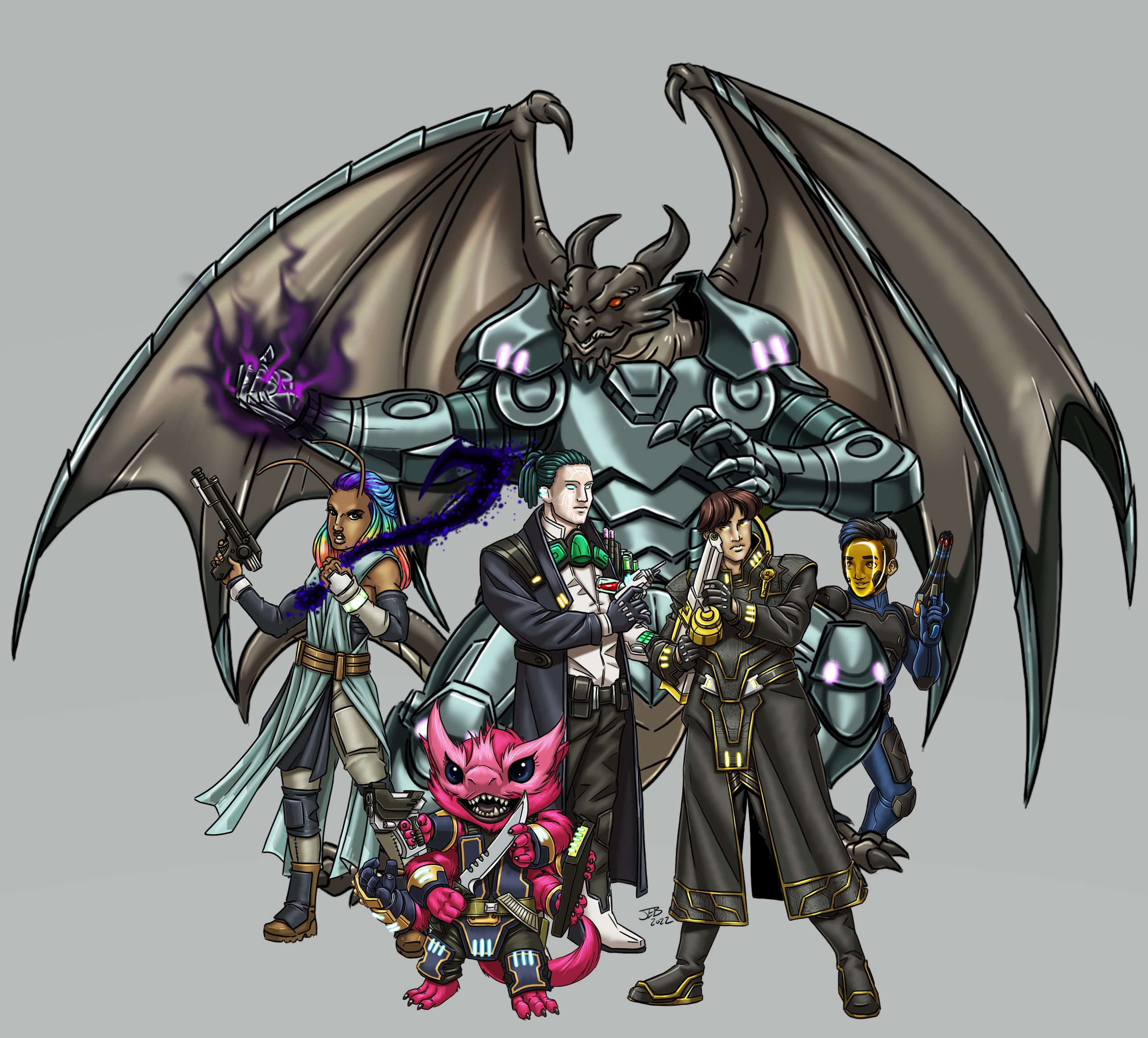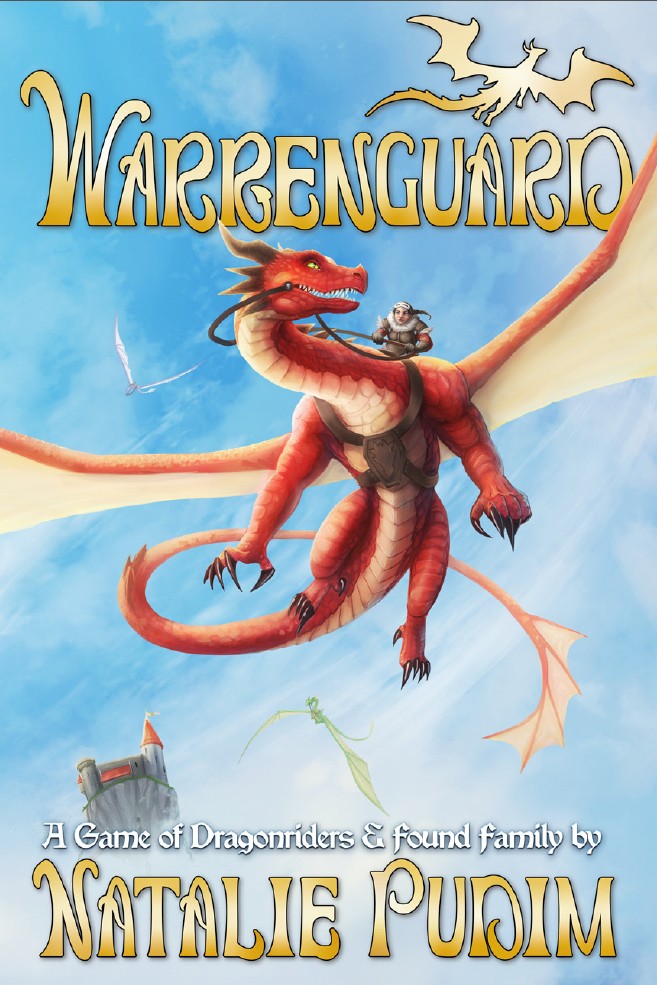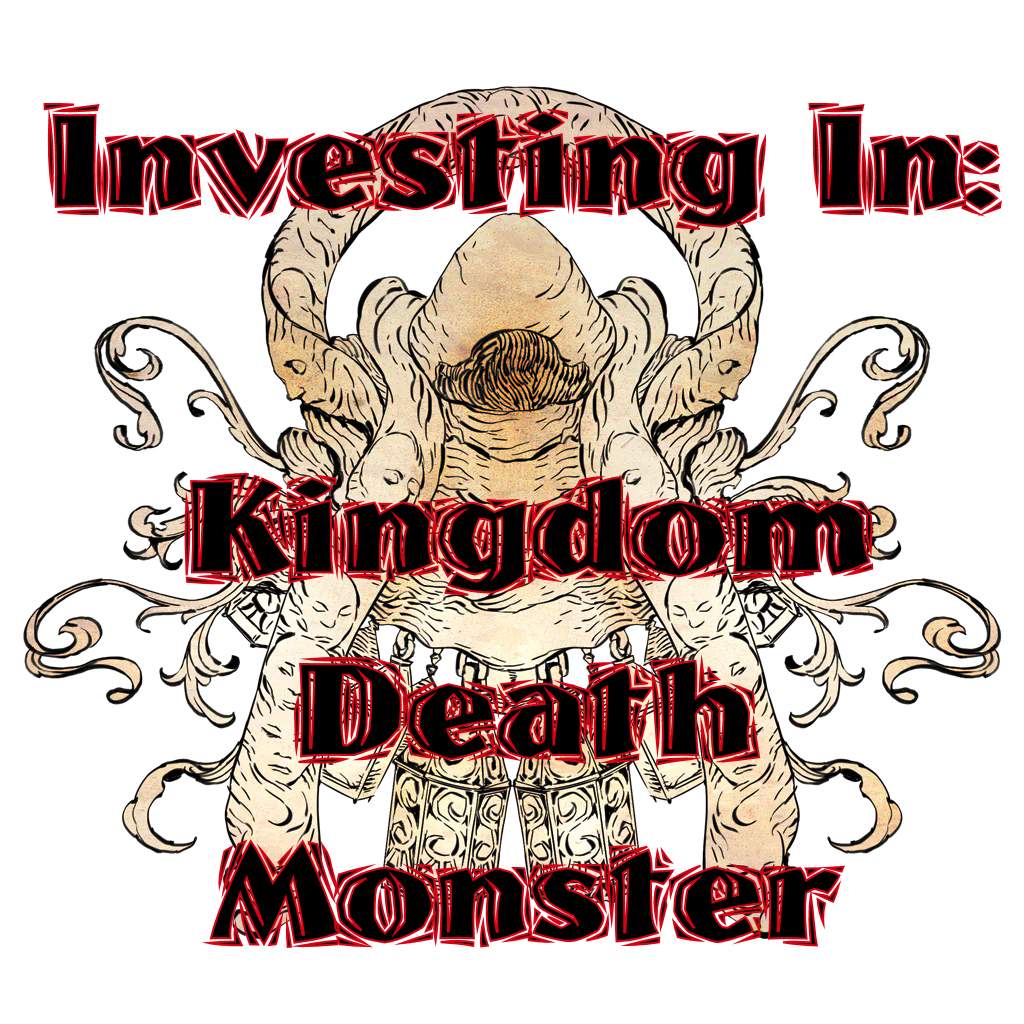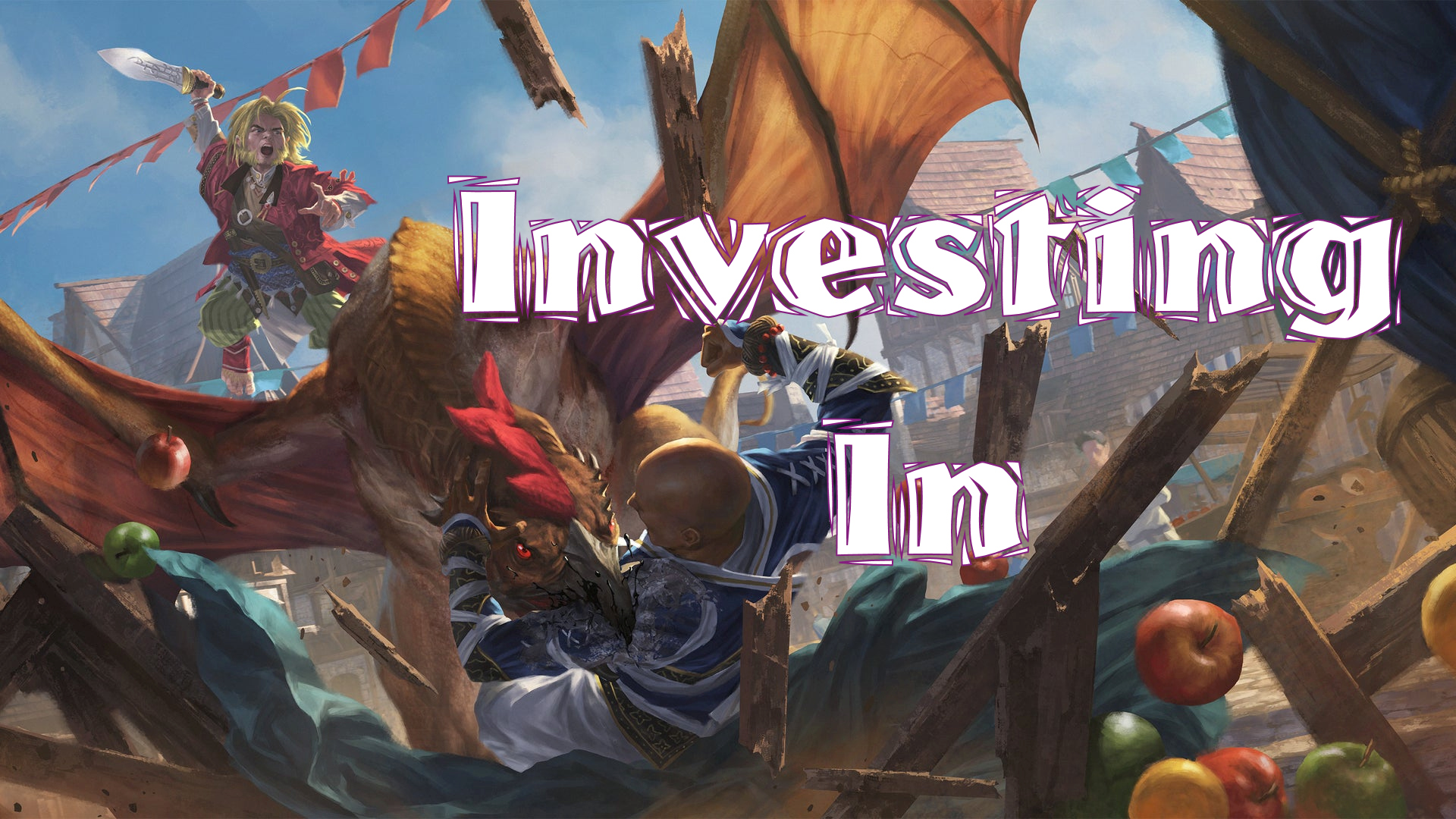“I remember watching the mugs as I gingerly attempted to carry the coffee to the bereaved, without spilling it on their immaculate living room carpet. Within a breath, the steam disappeared and the dark fluid frosted over. A chill crept across my neck and I looked up to see poor, little Lucy standing just outside the window. For a moment it all seemed a horrible mistake. It was not her body the police found alongside that hateful highway. She had simply been lost, as we first suspected, and just now found her way home.
I was about to relay the good news to the Kohlmans and the reverend when I saw their faces blanch as they stared at me … rather, just beyond me. That was when I realized that it wasn’t Lucy outside, but her reflection against the darkened window. Soon I would learn that both the police and I were correct. That was Lucy’s body in the ditch, and she did indeed find her way home.”1
Happy Holidays all! Not the cheery yuletide introduction you might have hoped for, eh? I do wish you, your family, and friends well and I think while you’re spending time together how better to do so then with a game that drives excitement and improv than Dread! I don’t mean to confuse this article with the one I did on creating dread with horror rpgs, although this is a horror rpg! I actually got to play for the first time at PAX Unplugged 2022, though I learned of it last year watching a game by the same Host (as Dread refers to its GM/DM/Storyteller). I wanted to go into detail a bit more than in the convention summary article, and get some details from the Host herself!
Dread is a horror game, which you can get on DriveThruRPG. The Host crafts a narrative to take a group of players through and utilize a Jenga game to help with the mechanics of success or failure. They may ask you to pull one block or maybe they’ll ask for 3! Players craft characters with the Host by way of a conversation, made of only words and ideas. Your concept will likely fit the frame up by the Host. In the case of our game we either had to be a person from present day or the 1920’s. I, of course, chose a 1920’s flapper. We also had to choose a tarot card from a few our host, Sarah Hood, had prepared. I chose Death. Sarah then asked us to privately whisper a secret to them. Well, my dear flapper was a bit of a black widow. I was really wanting to channel some Debbie from Adams Family Values.
Thus began two groups of individual enjoying a house party with a delayed guest. One group was partying away at a housewarming during a stormy night in the 1920’s while the other was at a Halloween party in 2022. Soon we realized that our actions that had us drawing from the Jenga tower were sometimes giving glimpses of us to the other time period. A glance of someone in a mirror, a whiff of perfume or cologne, a voice for a person who isn’t there. It was easy to ignore in the 1920’s where our characters were mostly drinking and partying away in the age of prohibition. The present-day group on the other hand started investigating; it was a Halloween party and the idea of ghosts was a real joy.
Well eventually the groups came together as it turns out the house was wired much like a faraday cage. Someone died, there was lightning and electricity, and suddenly we were all together. Many of us thought the future group strange European spies while they just called us ghosts. However, we also wanted answers and that’s where Jenga comes in. You have to play to resolve an action. We were some amazing Jenga players, let me tell you. It wobbled, it climbed on single struts, but even though Sarah had put the tower on a plastic coffee cup lid to add instability we got to start searching for clues and hunting down the solution. Eventually we realized that putting current through the copper in the floor and turning the electricity back on was key, but that’s when people started dying. In Dread when you knock the tower over, and let me tell you it took a very long time for the tower to fall over, you traditionally die. You might have something else happen to you though, as is the whim of the Host. I won’t spoil the story – or how quickly some of us (me) turned to violence – but we did end up at a rather remarkable resolution. Let’s just say a black widow turned all her holdings into a fine school that the future group attended.
I’m eager to play again, and maybe frame up a story to run a group through as well. As I noted it’s a great game for improv as you try to run with what the characters are doing or find your voice in the character. It’s a great game, but as I discovered older than I realized: 2005. I reached out to Sarah for more of her thoughts on the game.
Rob: Thanks again for chatting with me, Sarah. I’m so glad we got to play and I got to participate. Can you tell me how you learned about Dread?
Sarah: I learned about Dread from Kevin Kulp at an NC Gameday well over a decade ago. Probably around the same time when it won an ENnie. So, 2006? It’s been in my back pocket for pickup games ever since.
R: I loved watching the game you played last year. I knew I had to play this time. What do you like most about Dread?
S: The setup. The ‘character sheets’ are just simple questions usually tied to the character’s role in the scenario or to their personality. I like to use a default set of questions that set up some interpersonal conflicts with characters to encourage a quick start to the player’s roleplaying. This makes for a game that can be a great first game for players who are completely new to the concept of roleplaying (like my in-laws) and works extremely well with my personal style of running which relies heavily on improvisation.
R: I do love the improv element. I also like exploring whatever you’ve crafted for a base story too. What inspired your story that we played at PAX Unplugged 2022?
S: I’m a history nerd and that comes out in most of my TTRPG writing. Probably the strongest influences for this adventure in particular were Doctor Who and Monte Cook’s Darkest House. I knew a few of my potential players had interests in both of those. And since I was expecting a very large crowd, the time travel element would let me collect the players into smaller groups for easier play.
R: I really enjoyed that, actually even if the crowd was smaller than you initially expected. Let’s talk about Jenga. What were your thoughts about the Jenga tower resolution at our game?
S: I need to get meaner about the tower or you all need to get worse at playing Jenga.
R: <laughing>
S: No, seriously, if I run Dread again for this group I will probably adjust the size of the tower by the size of my player group instead of just using the whole tower. That way I can make sure there’s enough tension and risk in the game if my players turn out to be really really really good at Jenga. While the Dread book advises essentially heckling players when they pull blocks to make things more difficult, I would rather the players focus their irritation at the tower than at me.
In most Dread games, when the tower drops the character dies but I prefer to make sure there’s some sort of arrangement for the player to stay engaged in the game after death. In a previous game, ‘death’ reflected joining the bad guys. In this one I kept the characters around as ghosts with influence on player outcomes which is something I picked up from Carolina Death Crawl.
R: Yeah I had a feeling they weren’t truly dead. I was reminded of the Next Generation episode where some characters were out of phase. Okay, so what do you feel makes the best Dread game?
S: A Dread game should try to keep players on edge but not slaughter the characters too early without giving them a way to stay involved. You’ll know you have a good game when all the players at the table are out of their chairs and standing a few feet from the table to avoid knocking the tower down by accident.
R: Thanks Sarah. Really appreciate your thoughts and again, the game. Anything else you want to share?
S: Dread is a game that automatically creates tension for you.
R: Oh yeah, the anxiousness of Jenga helps a lot!
S: I specialize in horror as a GM and I’ve found the tower mechanic is the easiest way to get player reactions that are faster and stronger with less effort than any description or atmospheric tricks I’ve used before. But the tower mechanic relies on an innately physical adrenaline driven reaction to what you’re doing as a player when you pull blocks.
So sadly I’ve found that Dread is one of those games that doesn’t translate well to online play or other more easily found supplies (cards or dice). It is also not a game that is friendly to disabilities around sight or hand control. It’s always worth asking players first if they’re comfortable with the mechanic before play. If they aren’t, you probably want a different system.
But if anyone has a good alternative to create that physical response – please let me know!
R: I’ve seen some online Jenga but it’s hard to get the physics right. Thank you again Sarah!
Here again is Sarah’s page on DriveThruRPG. You’ll love their writing! I also think you’ll love investing in a game of Dread this holiday season! Why not forgo the charades and terrify your friends and family! You’ll all be taunting and teasing one another as you pull from the Jenga tower with some roleplaying improv. If you’ve ever played or end up playing this holiday season, be sure to share with me how that tower falls! Oh and if you’re looking for an example run through, check out this Geek & Sundry playthrough with Laura Bailey. Next time we’ll hear from some of my fellow Order of the Amber Die members!
Happy Holidays and Happy New Year all!
Investing In:
I wasn’t quite sure what to name my article series when I first started but the idea of showcasing or discussing things that make me excited, that I find new and interesting, or maybe I’m otherwise passionate about seemed to fit with the idea of Investing In something like the Pathfinder 2E mechanic. To use some magic items you have to give that little bit of yourself, which helps make these things even better. I like the metaphor of the community growing and being strengthened in the same way!
I also want to hear what you’re Investing In! Leave me a comment below about what games, modules, systems, products, people, live streams, etc you enjoy! You can also hit me up on social media as silentinfinity. I want to hear what excites you and what you’re passionate about. There’s so much wonderful content, people, groups (I could go on) in this community of ours that the more we invest in and share, the better it becomes!
Sources
Banner – Dread cover, The Impossible Dream
- Introduction narrative, Chapter 1: To Begin With, Dread, The Impossible Dream
- Merry Krampus, Creative Commons attribution, Steven Austin
- 1920’s flapper, Inna-Vjuzhanina
- Jenga for Tower of Dread scenario, About Page, Dread Tower

